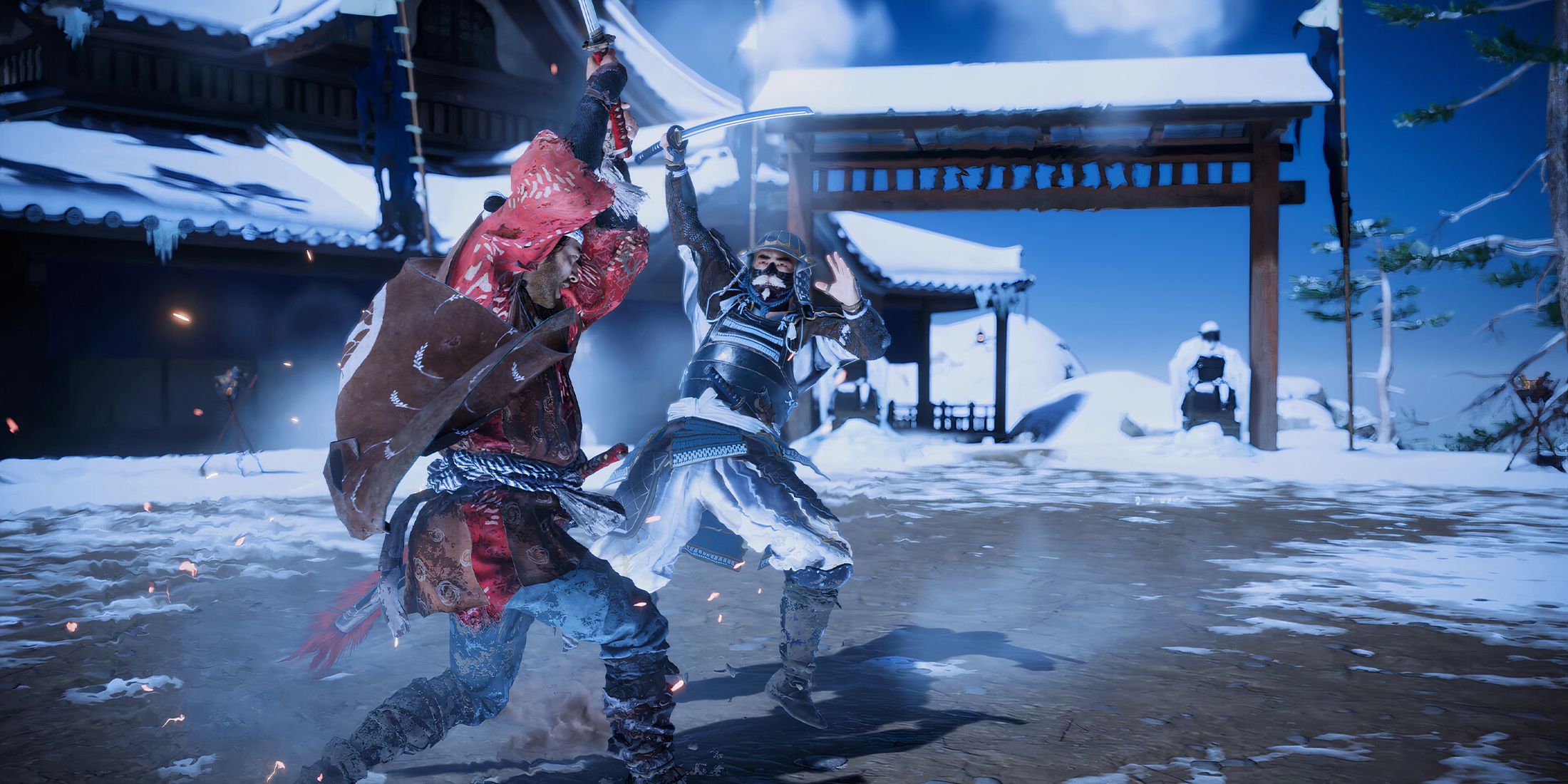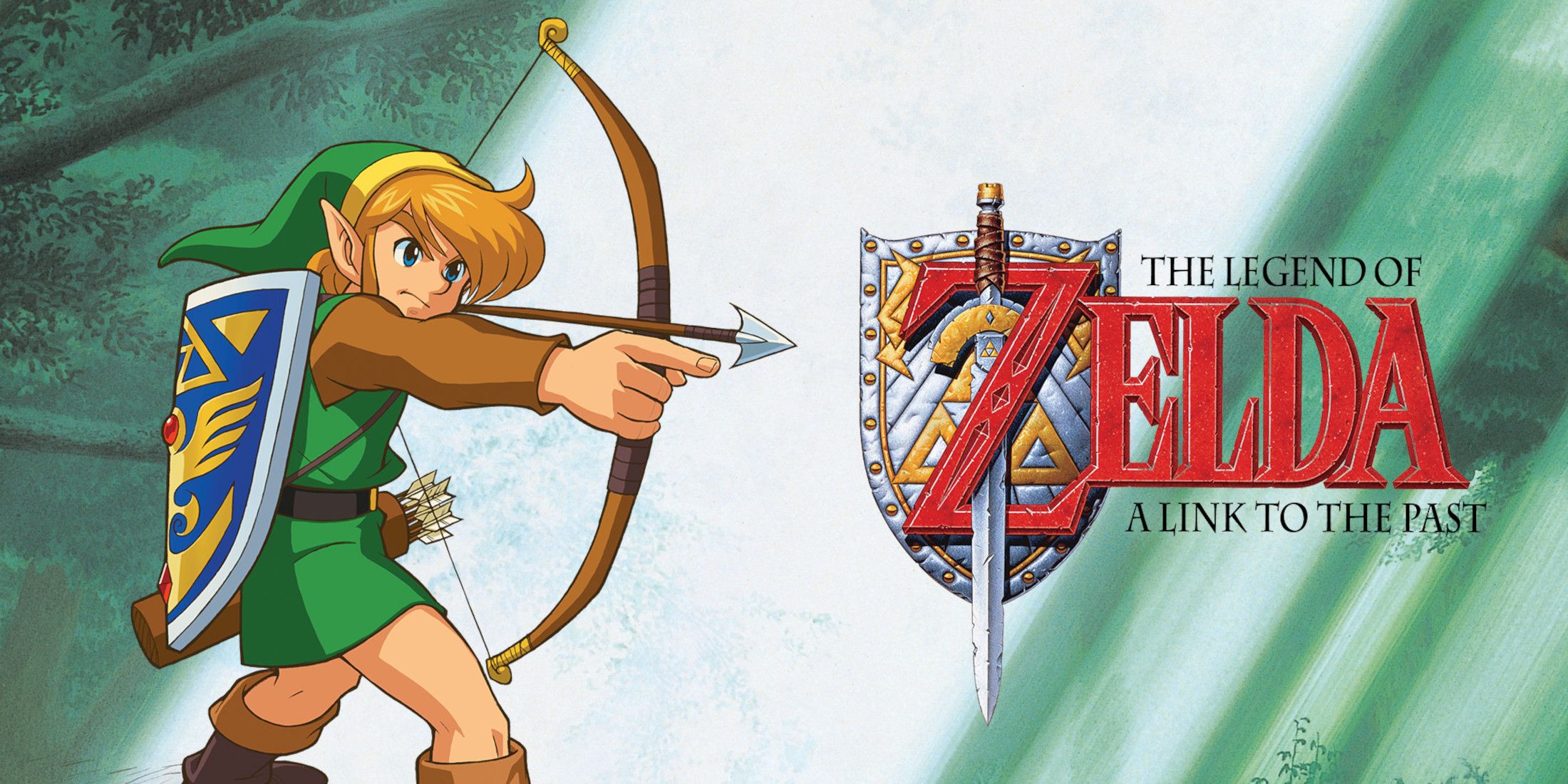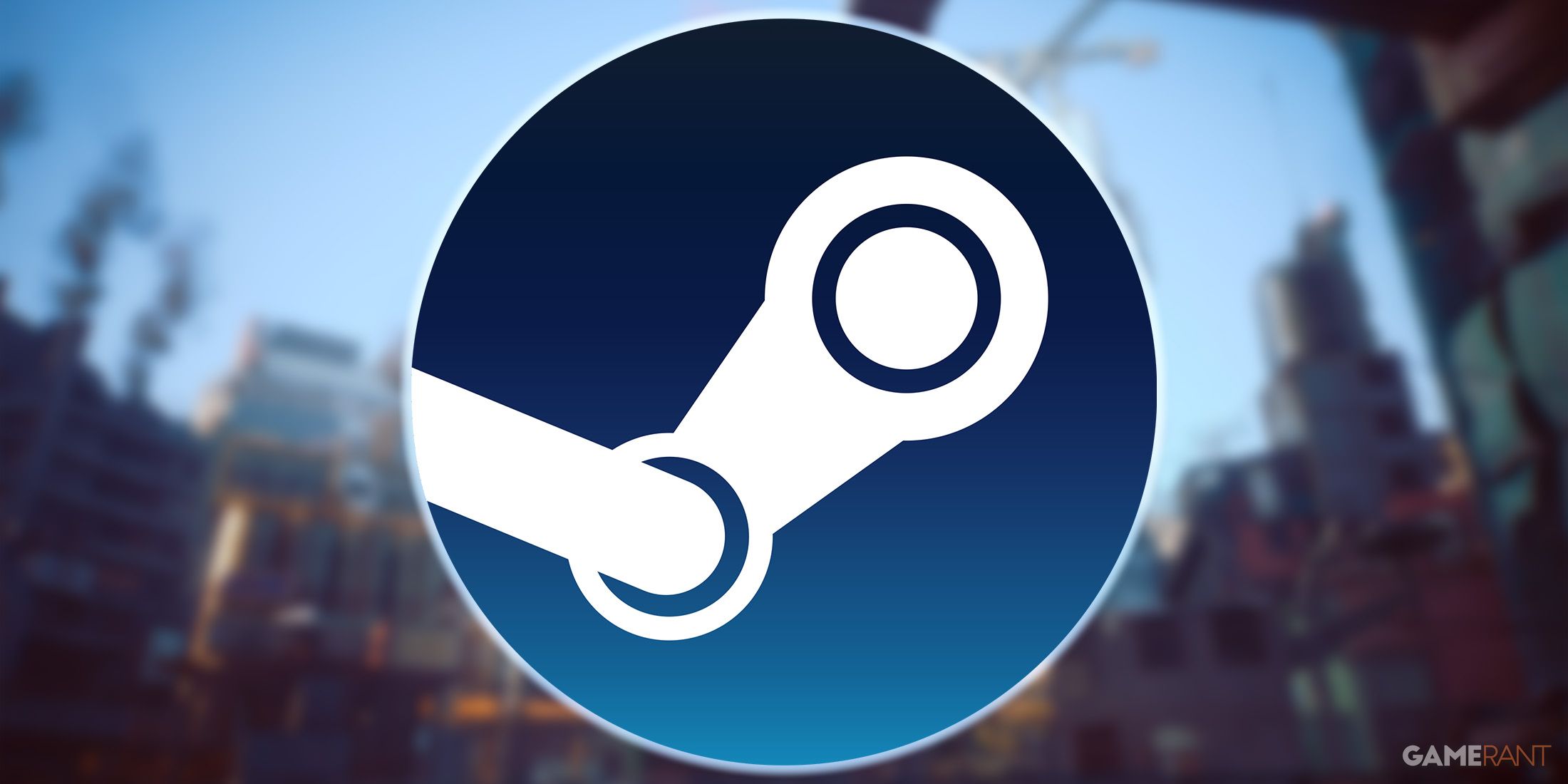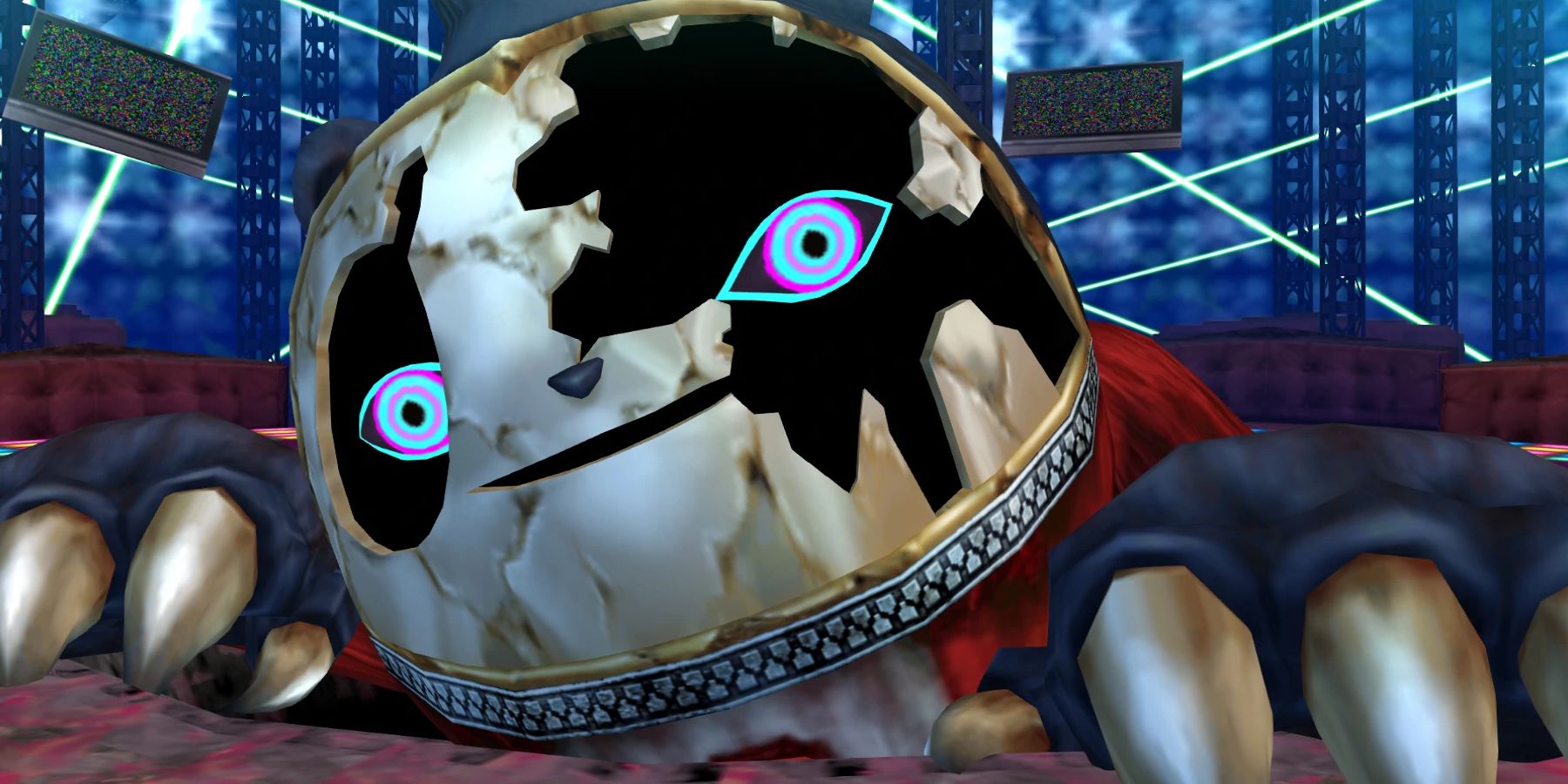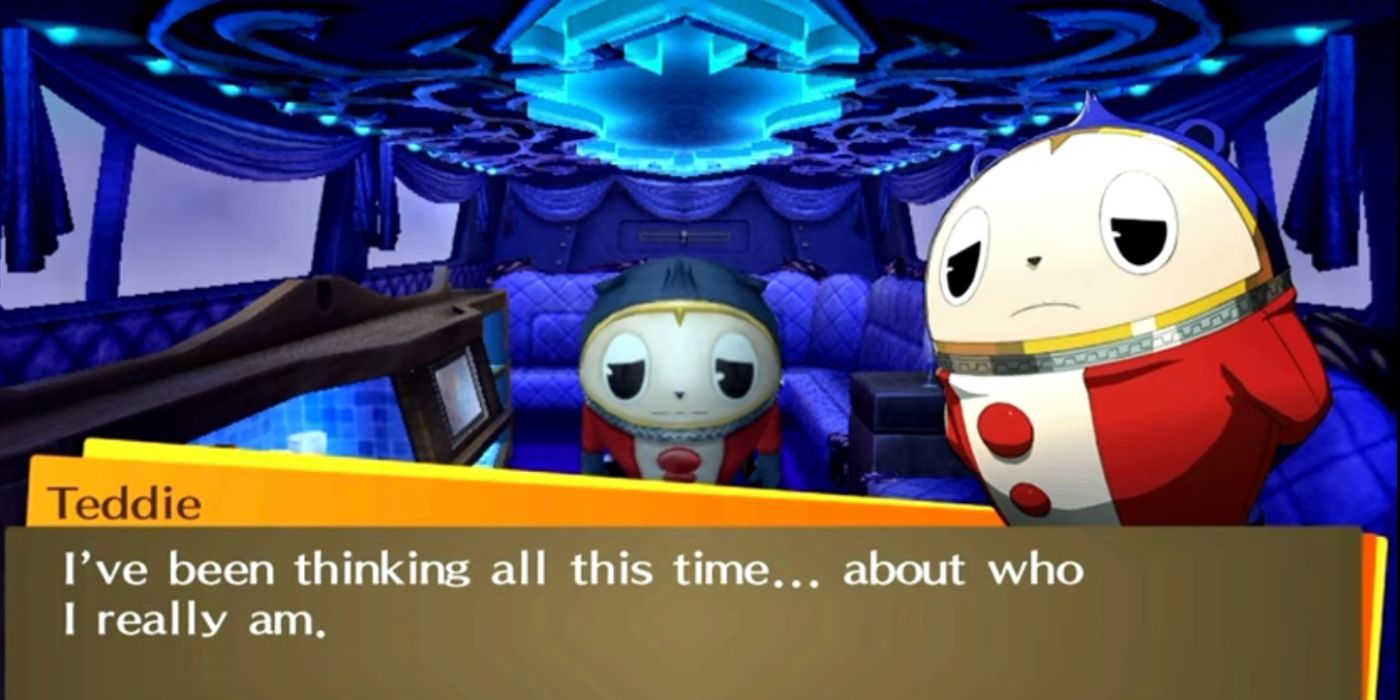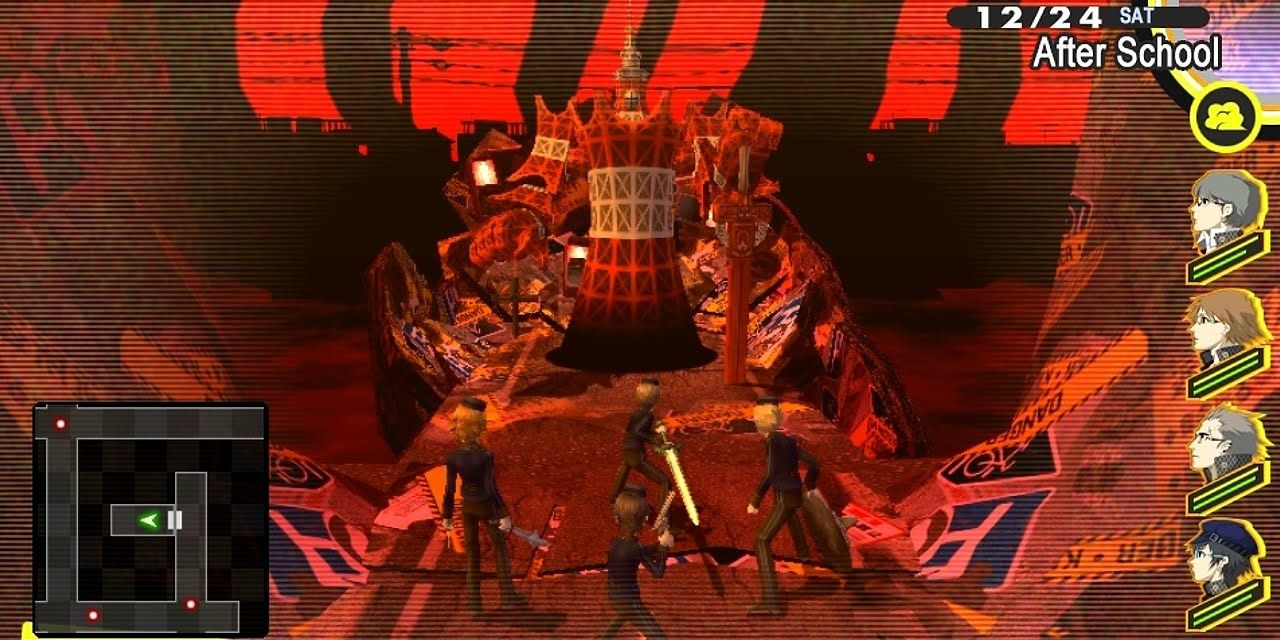While it is still unclear when players can expect news on the upcoming Persona 6, which elements of previous titles the game might draw from remains an area of important speculation. One of the biggest lessons Persona 6 should take from previous entries in the series is how to create real and tangible stakes for players. In particular, Persona 4 Golden provides the strongest example in the series on how to create real danger for players.
While it may seem more logical to draw from the wildly successful Persona 5 Royal, the game had a significant pacing problem due to its near 100-hour length. The Phantom Thieves certainly faced challenges, but the story rarely threatened their lives directly. The forces at work behind the scenes were similarly nefarious, but the threat to expose the Phantom Thieve's identity lacked a deep sense of risk. It always seemed implausible the characters could go to jail for committing crimes in a shadow world the police could hardly prove exists. As the game drew on, it became harder to believe anything could truly happen to the characters, so Persona 4 Golden offers a better set of directions.
The Refined Tension Of Persona 4 Golden's Narrative
Persona 4 Golden was one of the shortest recent mainline Persona games, with its average playtime clocking in at close to 70 hours. What has made the game so enduring in spite of this relative brevity is how effectively it commands the player's emotions with its story. Compared to Persona 5 Royal's relatively slow pace, Persona 4 Golden feels even shorter than 70 hours because of the tight narrative design. This immersion is the result of how the game keeps a sense of meaningful danger for the characters of its story.
The primary way that Persona 4 Golden does this is simple: the dungeons the player explores do not belong to antagonists, but future party members. The dungeons' designs represents the subconscious of classmates that the player gets to know. Importantly, this means that at the start of each arc, the player is trying to discern three things: who the next murder victim is, what their inner world will look like, and what insight rescuing them will give about the culprit. Through holding these questions in the players mind throughout the pre-dungeon narrative sections in Inaba, Persona 4 Golden presents an excellent model for building narrative tension that players feel throughout the game.
During dungeon sections of Persona 4 Golden, there are moments where it seems the player might catch a glimpse of the culprit. The sense that dungeons are places explored by both the player and a hidden enemy is critical to maintaining a sense of risk. The fight with Teddy's shadow at the end of Rise's dungeon captures a similar sense of ever-present instability among the player's own party. The possibility that a fellow party member could be the murderer or an accomplice remains an open question thanks to Teddy's ambiguous origins.
In Persona 5 Royal, Morgana does have a mysterious backstory too, but his loyalty is never meaningfully questioned. This removes a key aspect of the intrigue that made discovering Teddy's story so compelling, and brought such excellent tension to Persona 4 Golden's mystery.
Persona 4 Golden Reminds Players That No One Is Safe
Persona 4 Golden makes sure to let players know that no one around them is truly safe. Nanako's dungeon is a narrative twist that is incredibly effective because it is carefully timed. It happens late enough in the game that players are likely to have made strong progress with Nanako's Social Link, but also at a narrative moment where players are right on the cusp of catching the supposed killer. Her sudden kidnapping brings the player to rock bottom in a hurry and the danger of the moment is immense. By the end of her dungeon, catharsis is withheld yet again to keep players on edge. The supposed murderer is proven to be a red herring and Nanako is hospitalized. The truth couldn't feel further away.
What makes this especially powerful is how it clearly suggests that an intimate member of Persona 4 Golden's inner circle is the killer. Some players may have guessed the killer by this point, but there is a terrifying sense that even if those suspicions are correct, the player may be unable to obtain proof before the killer makes another attempt on a close friend's life. Persona 4 Golden thrives on the feeling that there may truly be nothing the player can do but forge ahead through the fog and reach out for the truth, despite a deep sense of inevitable danger.
Persona 5 Royal still has moments where the game's stakes feel real. Particularly Kamoshida's threat of harming Ann and Shiho is evocative since players have had time to learn about Ann and have good reason to empathize with Shiho's plight. The direct threat to their safety is effective because it ensures the protagonist feels that failure would be a truly fatal option. Later dungeons fail to bring a similar kind of danger to members of the player's inner circle. The threats posed by the game's time limits are present, but the danger is predictable, and the consequences feel more like a roadblock than an active risk.
Persona 6 has a multitude of options to draw from and will likely attempt to tell its story in ways entirely new to the Persona series. Persona 5 and Royal both made significant changes to the format of the story, and everything from the pacing to the dungeon design reflected these changes. While they may not have been effective at creating a sense of danger, that isn't to say that Persona 6 has nothing to learn from Persona 5. Persona 5 Royal's dungeon design in particular is an excellent blueprint for Persona 6. If Persona 6 does attempt to tell a darker story, however, Persona 4 Golden offers a wealth of excellent design choices to guide the developers.
Persona 6 is in development.

